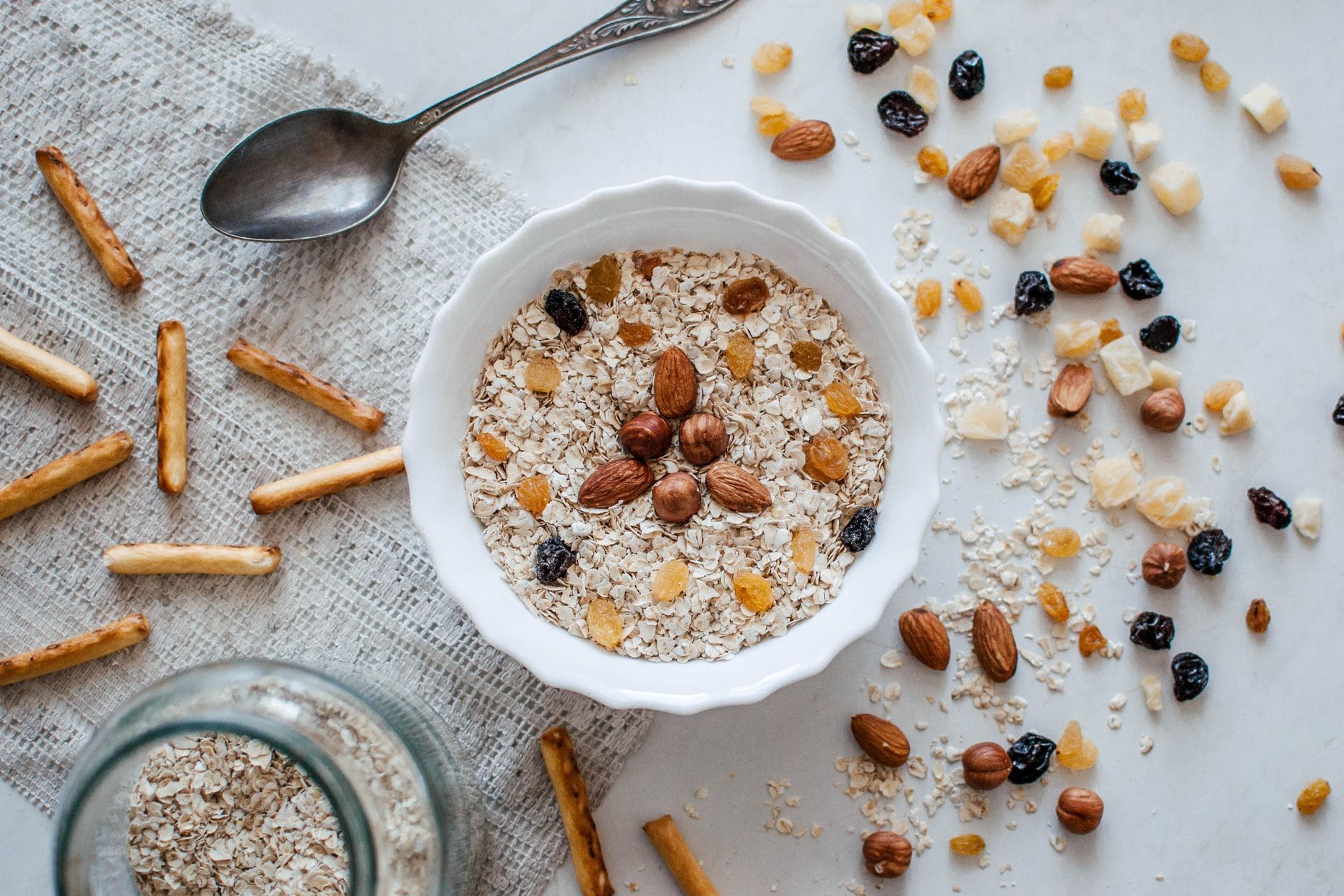Now that December is approaching, it’s time to look ahead at how people will eat next year. From more automation to new flavors and “motherless meat,” here are the top dining trends in 2019, according to the latest. Why eat out when there are plenty of reasons to eat in?
Increasing rent, wages, tight finances and higher US tariffs are also notable factors. Yet, pricing aside, another reason is that millennial—a 75 million market segment—are unafraid to cook. A study by Better Homes & Gardens indicates that 93% of millennial spend four nights a week dining in. And let’s not forget the popularity of meal kits, better supermarket prepared food, and Netflix binge, which collectively contribute to this defining trend.

Now that automated dining experiences are becoming more common, get ready to see more bots next year. These won’t be your average face-recognizing automatons or AI-powered ordering systems in fast food restaurants, but robots that actually make your food, delivering room service in hotels, and “self-driving” bots taking orders plus escorting customers to specific tables at sit down restaurants. With this new generation of gadgets entering the workforce, it’s no wonder why according to a recent article.
As marijuana becomes legal in more jurisdictions in North America, there will be a big consumer shift from sodas and beers to hemp and marijuana drinkable. Now, understand that this pertains to Cannabis or CBD from hemp that can mellow you out and perhaps relieve pain; not the THC compound from marijuana leaves that will get you high. Obviously, not everyone will jump on board right away. Early adopters will likely be millennial, followed by vegans and vegetarians, Wall Streeters, and the wellness crowd.

Plant-based diets are still going strong in 2019—in a different way. Rather than eating meat the traditional style, there will be more lab-grown meats and related proteins that will change how you (and very likely self-proclaimed carnivores) see food. Here’s an oversimplified way to describe the concept: You pluck a cell or two from an animal instead of killing it, then breed it on an enormous scale.
While the jury is still out on its taste, green supporters will love all the potential benefits—elimination of ranches and slaughterhouses, reduction of greenhouse gases and energy consumption, just to name a few. Foreseeably, there will be pushback. Given dairy sales are hurt by the success of faux milk, ranchers are launching campaigns to prevent these engineered proteins from being called “meat” at all.

In terms of trendy flavor, next year is all about sour. Thanks to the popularity and influence of Korean, Filipino and Persian cuisines, expect more and more sour elements on the plate. For instance, there are kimchee tacos, quesadillas, mac-and-cheese and ice cream in Korean-inspired “new” American dishes; vinegar-based recipes, marinades and sauces on Filipino menus; and plenty of tartness from calamansi, rhubarb, sour oranges, tamarind and pomegranate in Persian restaurants.









Leave a Comment